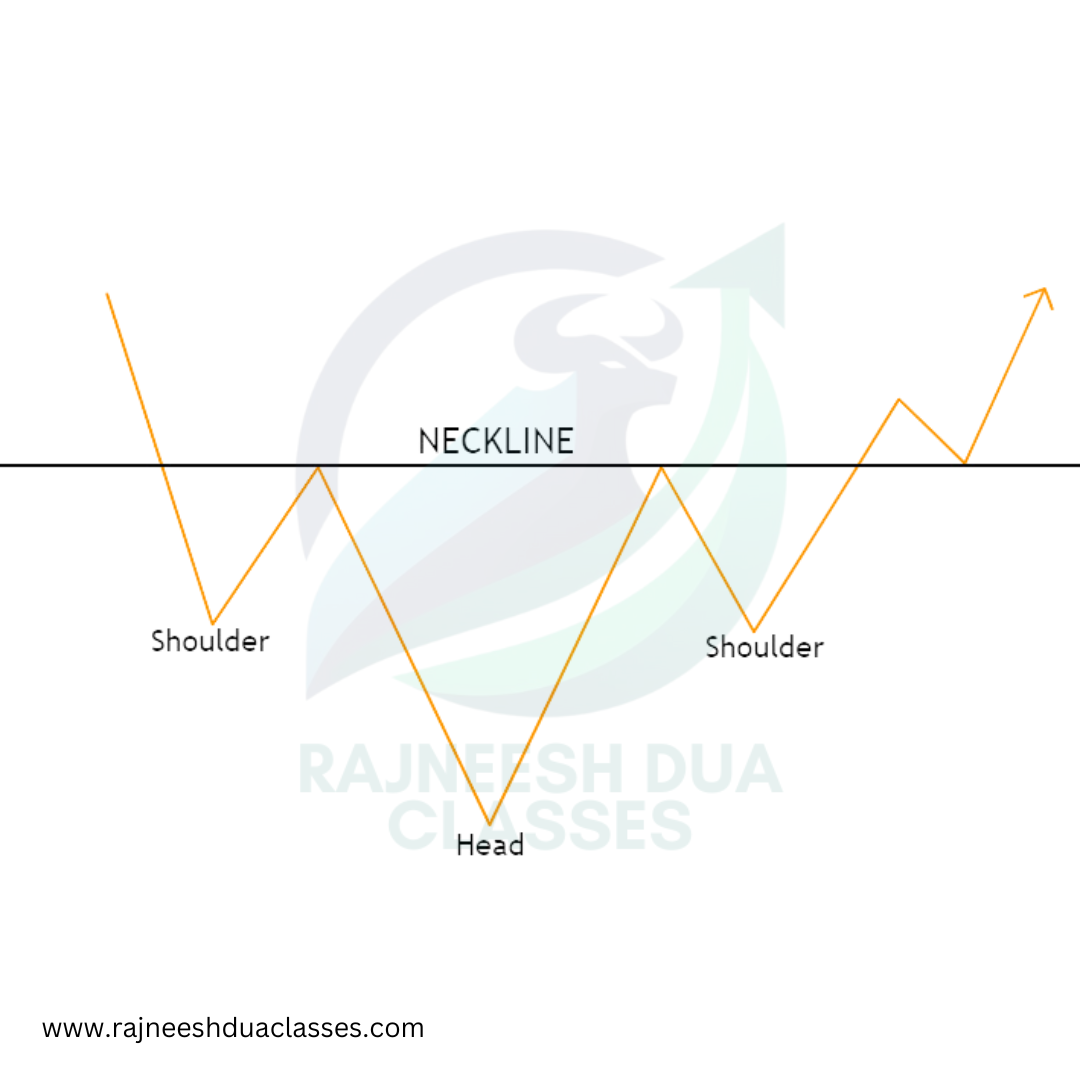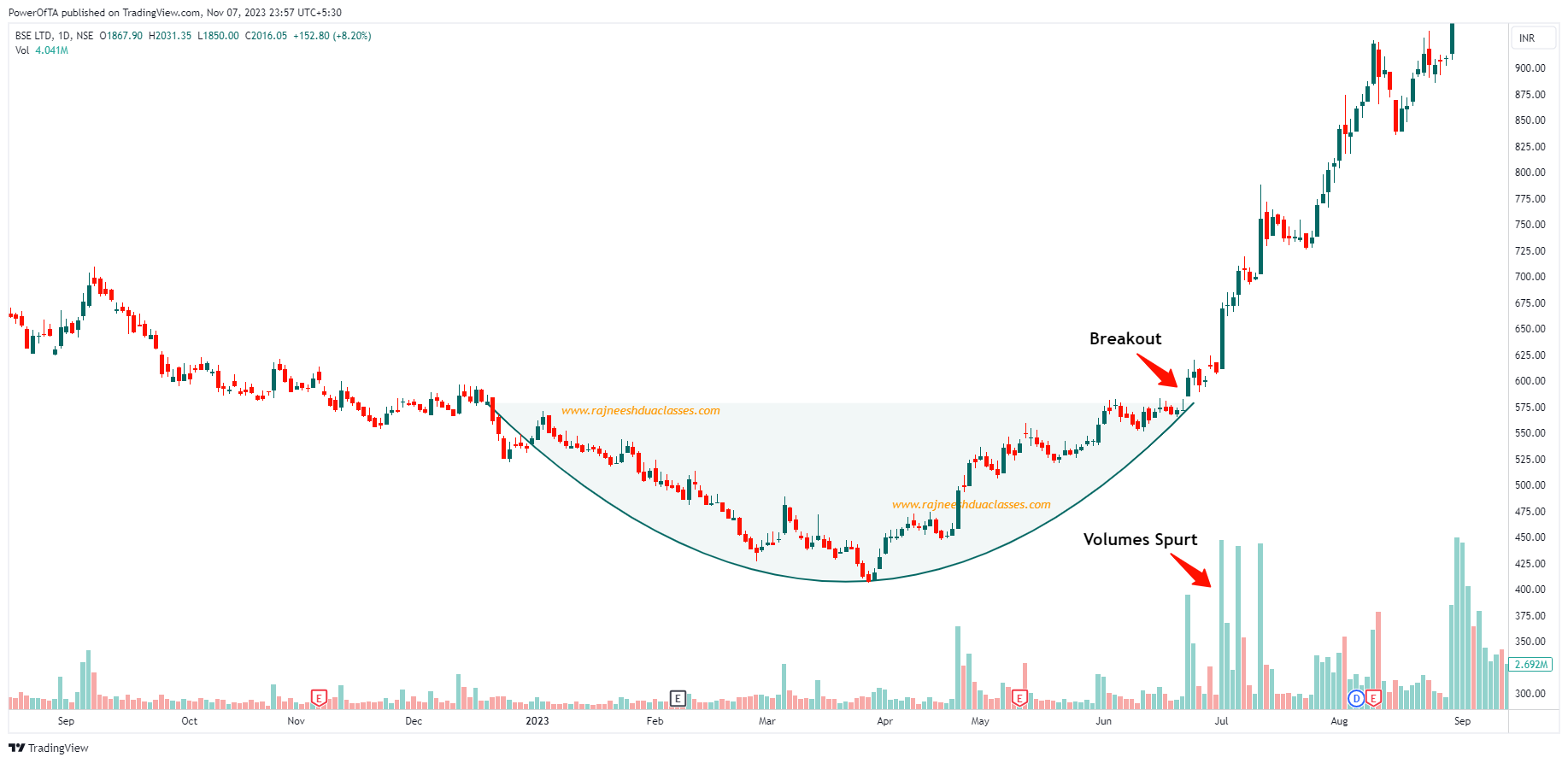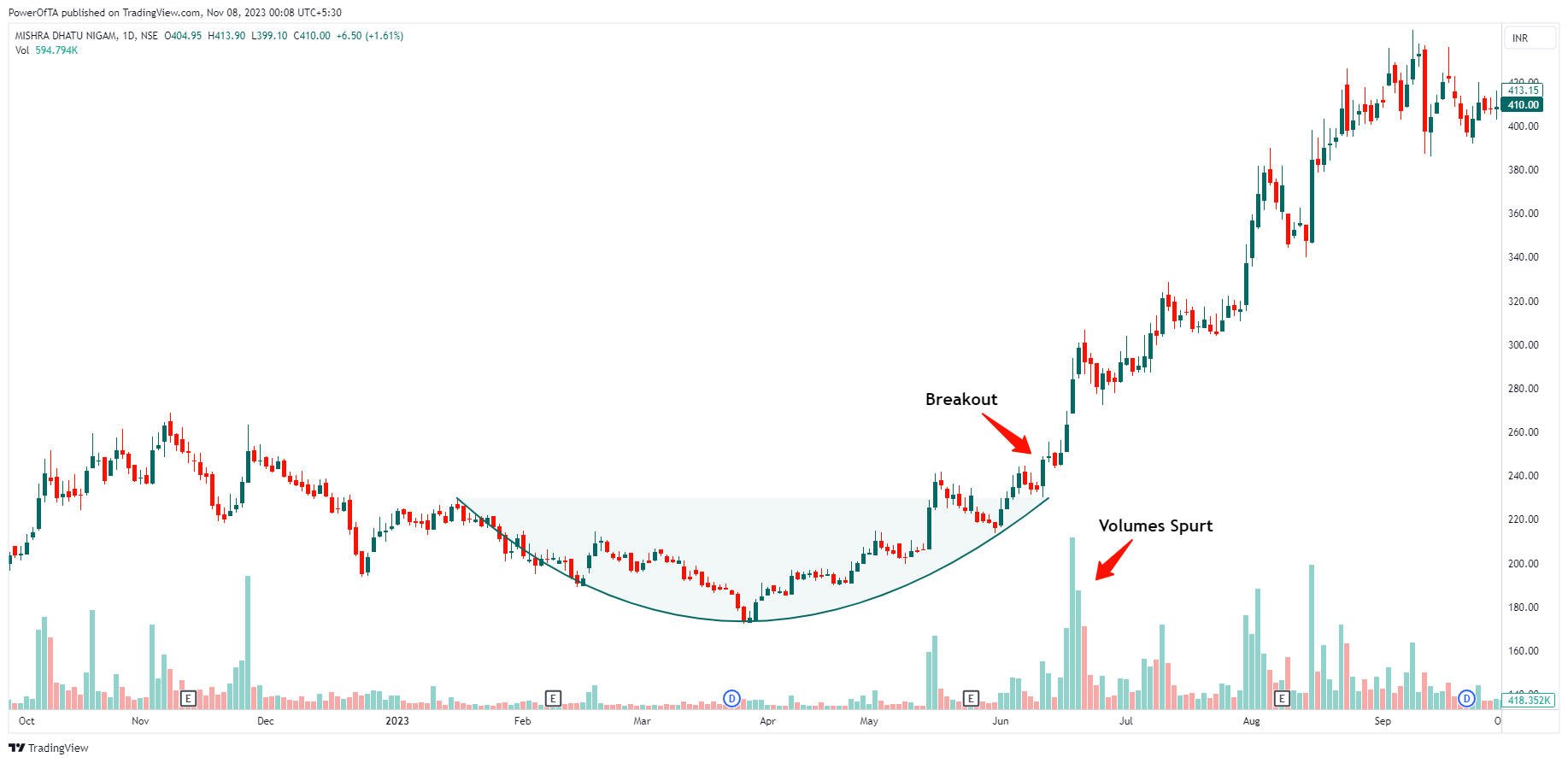Introduction
Trading in the financial markets is an intricate dance between understanding patterns and making informed decisions. One such pattern that has proven to be a reliable indicator for traders is the Inverted Head and Shoulders Pattern. In this blog post, we’ll delve into the intricacies of this pattern, exploring its formation, characteristics, and its significance in the world of technical analysis.
Understanding the Inverted Head and Shoulders Pattern
The Inverted Head and Shoulders Pattern is a reversal pattern that often signals a shift in the market sentiment from bearish to bullish. It is essentially the mirror image of the more commonly known Head and Shoulders pattern. Instead of signaling a potential bearish reversal, the Inverted Head and Shoulders suggests a potential bullish reversal.

Formation and Characteristics
The pattern consists of three troughs – a lower low (head) between two higher lows (shoulders). The middle trough, or the head, is the lowest point, forming a distinct ‘U’ shape. The shoulders, on either side of the head, are slightly higher in elevation and create a visual impression of a head and shoulders when plotted on a chart. The neckline connects the highs of the two shoulders, forming a horizontal line.
Interpreting the Inverted Head and Shoulders Pattern
Traders often wait for a breakout above the neckline to confirm the pattern. This breakout is seen as a signal that the trend is reversing, and a bullish market movement is likely to follow. Volume analysis is crucial during this phase, as a surge in volume during the breakout adds conviction to the reversal. The distance from the head to the neckline can also be used to estimate the potential upward move after the breakout.
Risk Management
While the Inverted Head and Shoulders Pattern is a powerful tool, risk management remains paramount. Traders should set stop-loss orders to limit potential losses if the market moves against their expectations. Additionally, it’s essential to consider the overall market context, economic indicators, and other factors that may influence the accuracy of the pattern.
Examples:
Let’s consider a hypothetical scenario where a stock has been in a downtrend for an extended period. The Rounding Bottom starts to form, indicating a potential trend reversal. Traders closely monitor the pattern, looking for a breakout above the resistance level with increased volume. Once the breakout is confirmed, traders may initiate long positions, expecting a bullish trend to follow.
#1 - BSE Ltd.

#2 - Century Textiles Ltd.

#3 - Midhani Ltd.

Conclusion
In the dynamic world of financial markets, understanding technical analysis patterns can be a valuable asset for traders. The Inverted Head and Shoulders Pattern, with its distinct formation and characteristics, provides traders with a reliable tool for identifying potential bullish reversals. However, like any trading strategy, it should be used in conjunction with other indicators and risk management practices to make well-informed decisions. By mastering the art of interpreting patterns like the Inverted Head and Shoulders, traders can navigate the markets with greater confidence and precision.